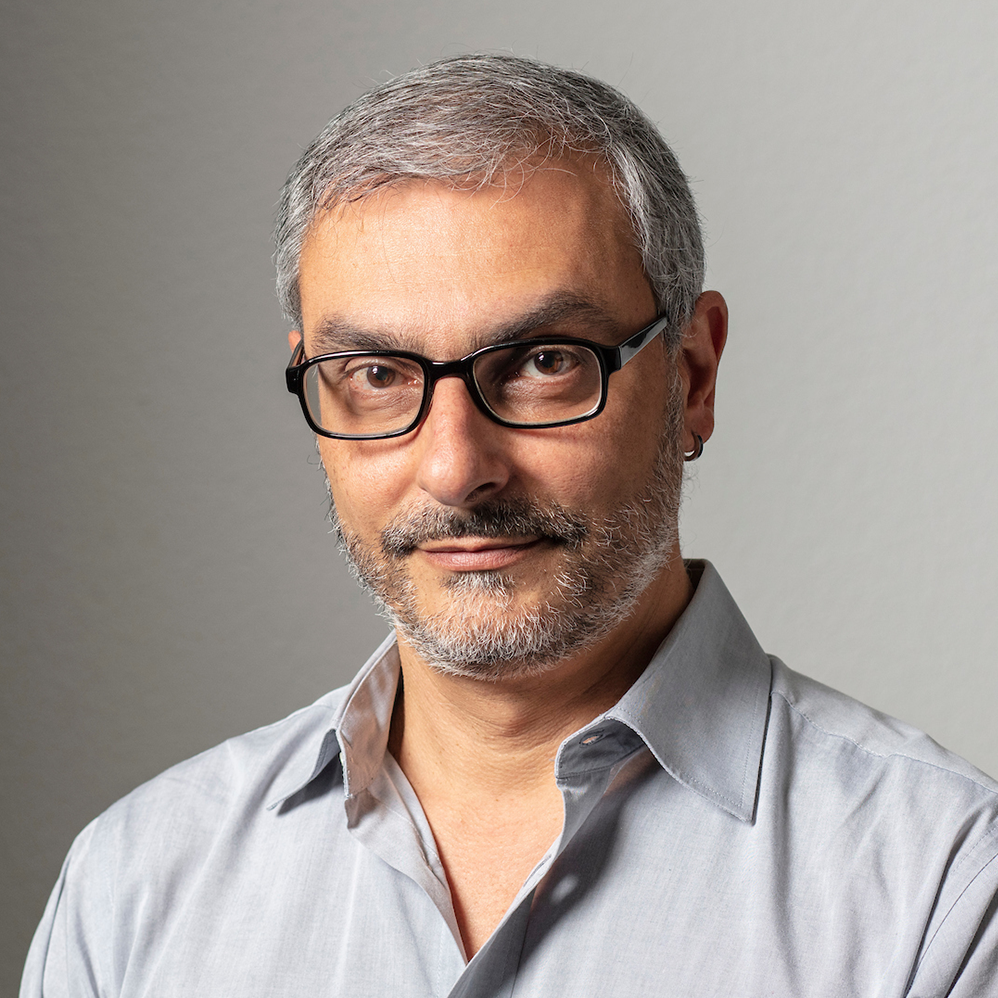When attitudes become photography
Balthasar Burkhard was in the right place at the right time: Bern in the 1960s. The city had a lively bohemian scene, and was a magnet for radical artists and ideas that culminated in 1969 in the anthological exhibition, "When attitudes become form" at the Kunsthalle Bern. That's also the moment in Burkhard’s five-decade career to which the Fotomuseum Winterthur is now dedicating a comprehensive retrospective (until 21.05.2018).
Having learned the trade with Kurt Blum, one of the most important Swiss photographers in the mid-20th century, Burkhard started to travel in the bohemian circles of Bern. Soon, he was part of the entourage of Harald Szeemann, who directed the Kunsthalle Bern from 1961 to 1969. During those years, Szeemann captured the zeitgeist of radical political and social movements that also touched the arts, and Burkhard’s photography was closely connected to Szeemann’s work.
The Kunsthalle Bern welcomed all those radical ideas, up to the point when Szeemann felt it was time to break with the established artistic practices, and make a proper manifesto out of an exhibition. “When attitudes become form” marks the “official” birth of conceptual art: the idea that it is the attitude, the thought, and the process that counts — not necessarily the final artwork.
Large formats
At the same time, Szeemann brought the role of curator to the foreground: the artist(s) left the centre-stage in favour of ideas and concepts.
But Burkhard was not just a fly-on-the-wall. Attracted by Blum’s style, which privileged large formats, and in collaboration with some of the conceptual clique of the time (especially Markus Raetz), Burkhard enlarged his photographs of seemingly banal images of Raetz’s studio in large pieces of fabric. Suddenly, photography was no longer a simple means of documentation: it was art.
An abstract picture of Burkhard’s made of brownish earth became the background of the exhibition’s poster, with a neon straw placed diagonally on top (a collective work by Burkhard, Szeemann, Raetz and Jean-Frédéric Schnyder). Eventually, “When attitudes…” became a scandal that cost Szeemann his job, and Bern its prominence in the art world.
Szeemann continued to wreak creative havoc in Cologne (“Happening & Fluxus”, 1970), before assuming the exhibition documenta 5 in Kassel (Germany), where his conceptual ideas reached their peak (1972).
After documenta 5, the scene imploded and scattered all over the world. As Szeemann became creative director of the Venice Biennale in 1999, conceptual art was already well ingrained in the artistic canon. By that time, he was welcome even in Switzerland.
Reinvention at home and abroad
In the mid-1970s, Burkhard left Switzerland for the US, seeking to reinvent his career, though still deeply influenced by conceptualism. He tried to reinvent himself as a film actor in Hollywood, without much success. His art, though, resonated in the gallery circuits of Chicago and New York.
Back in Switzerland, Burkhard continued to explore large formats, experimenting with the human body, architecture (working with the then-young studio of Herzog & De Meuron), and aerial landscape pictures on a grand scale.
It was only shortly before his death, in 2010, that Burkhard decided to break with black-and-white, exposing landscapes and flowers to colour.
Balthasar (Balz) Burkhard used to say that he was just a photographer, not an artist. False modesty aside, this is not what one is led to believe while strolling the carefully curated exhibition, which is spread across the two buildings of the Fotomuseum. His experiments with different photographic formats and techniques actually made him a pioneer in lifting photography to the status of fine art.
Back to the Future: “Situations” at Fotomuseum Winterthur
In parallel to Balthasar Burkhard’s retrospective, it is worth having a look at the Fotomuseum’s “Situation” series, dedicated to experiments challenging the limits of photography. Curated by Italian media designer Marco de Mutiis and the Swiss Doris Gassert, “Situations” bring a dynamic range of works exploring the blurred boundaries between technology, exposure, surveillance, and the post-human condition. The exhibition space is thus transformed into a laboratory, inviting interdisciplinary researchers to stimulate the dialogue between the arts and sciences.










You can find an overview of ongoing debates with our journalists here . Please join us!
If you want to start a conversation about a topic raised in this article or want to report factual errors, email us at english@swissinfo.ch.